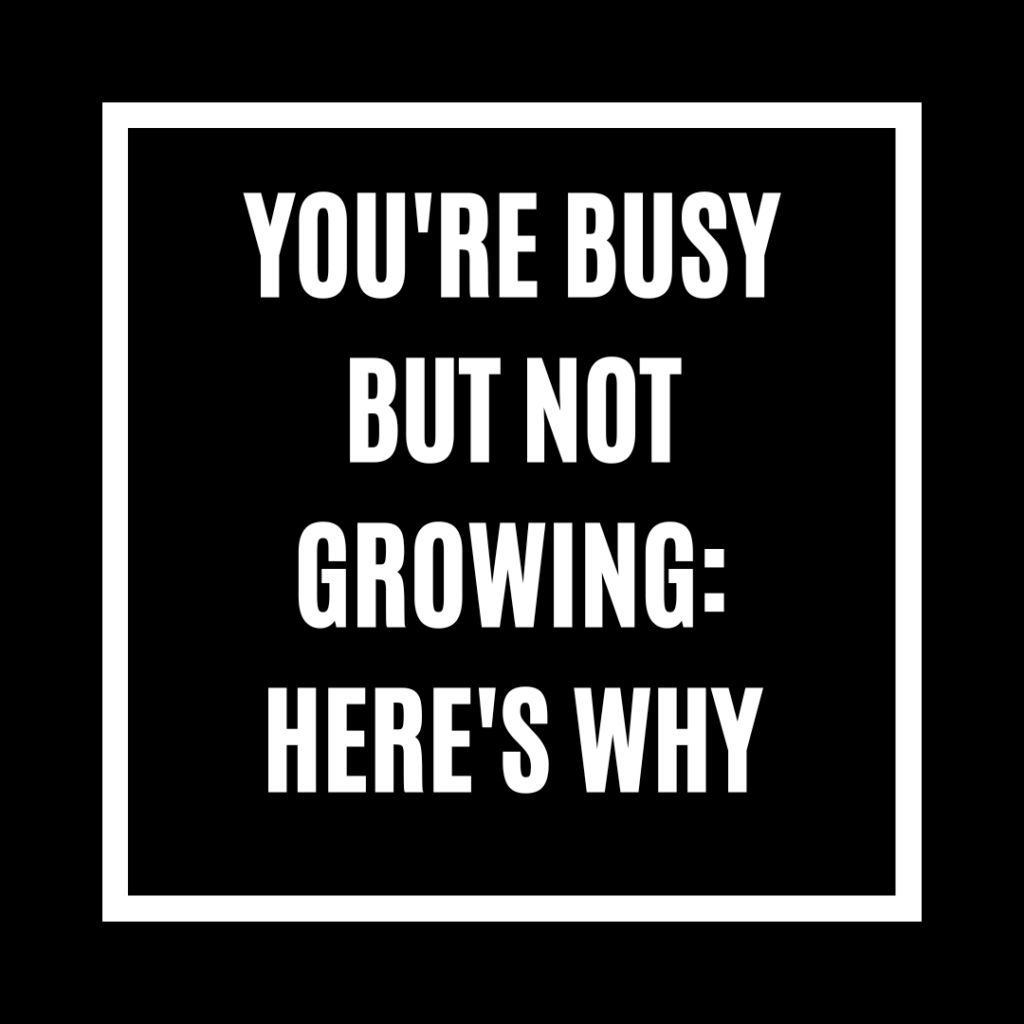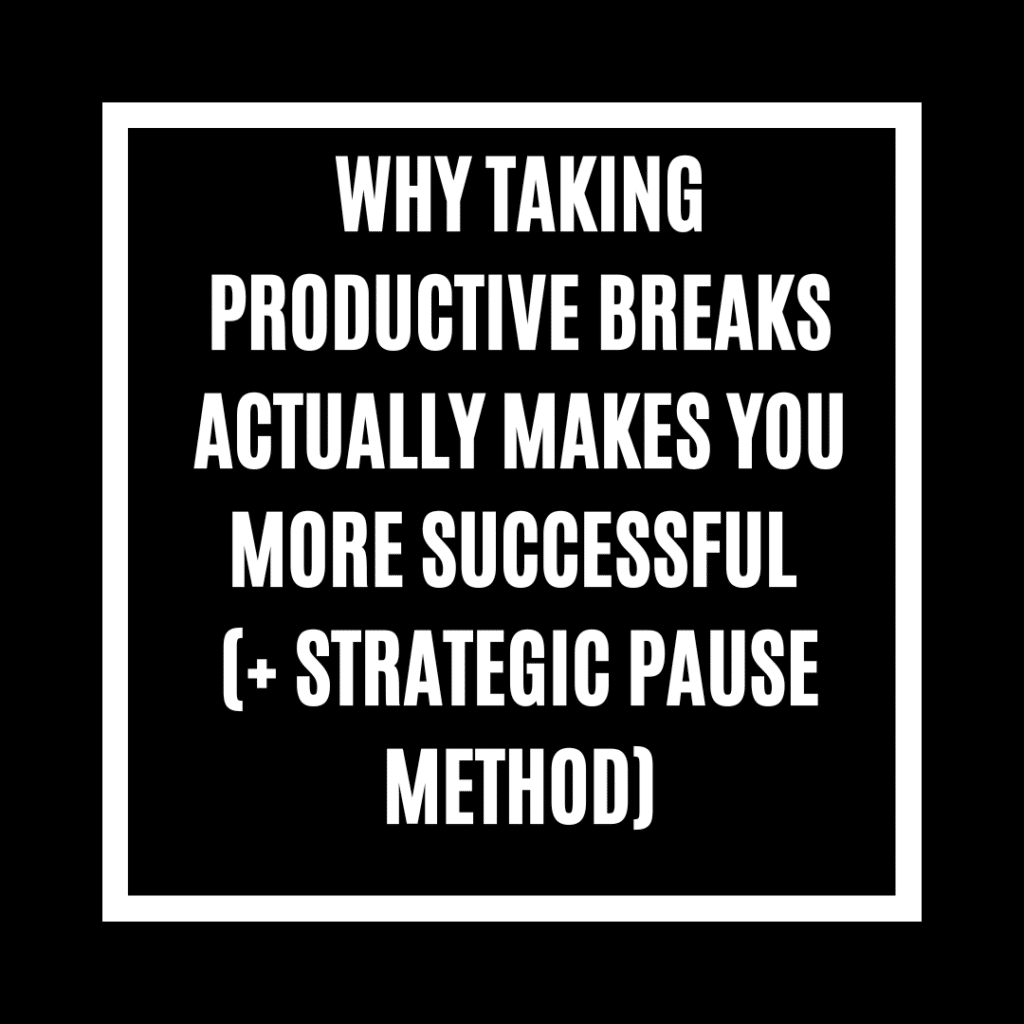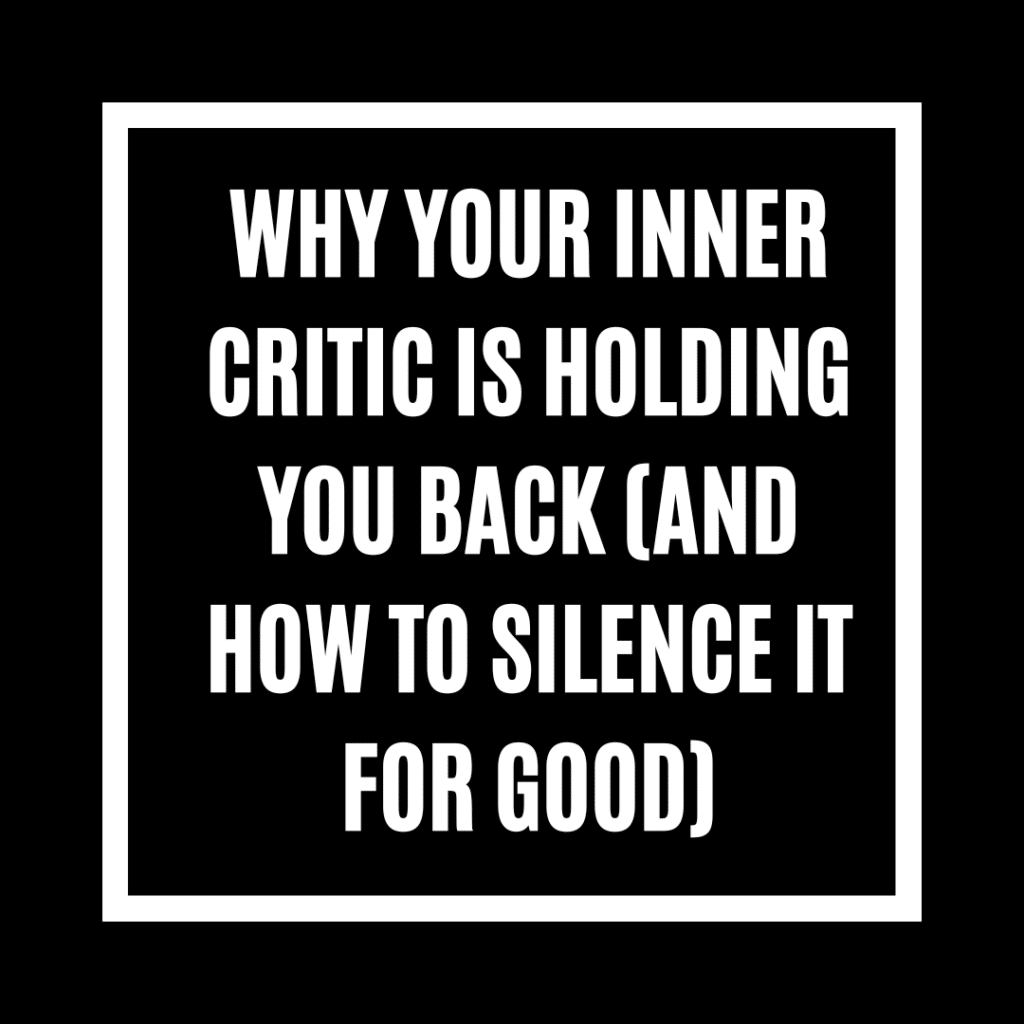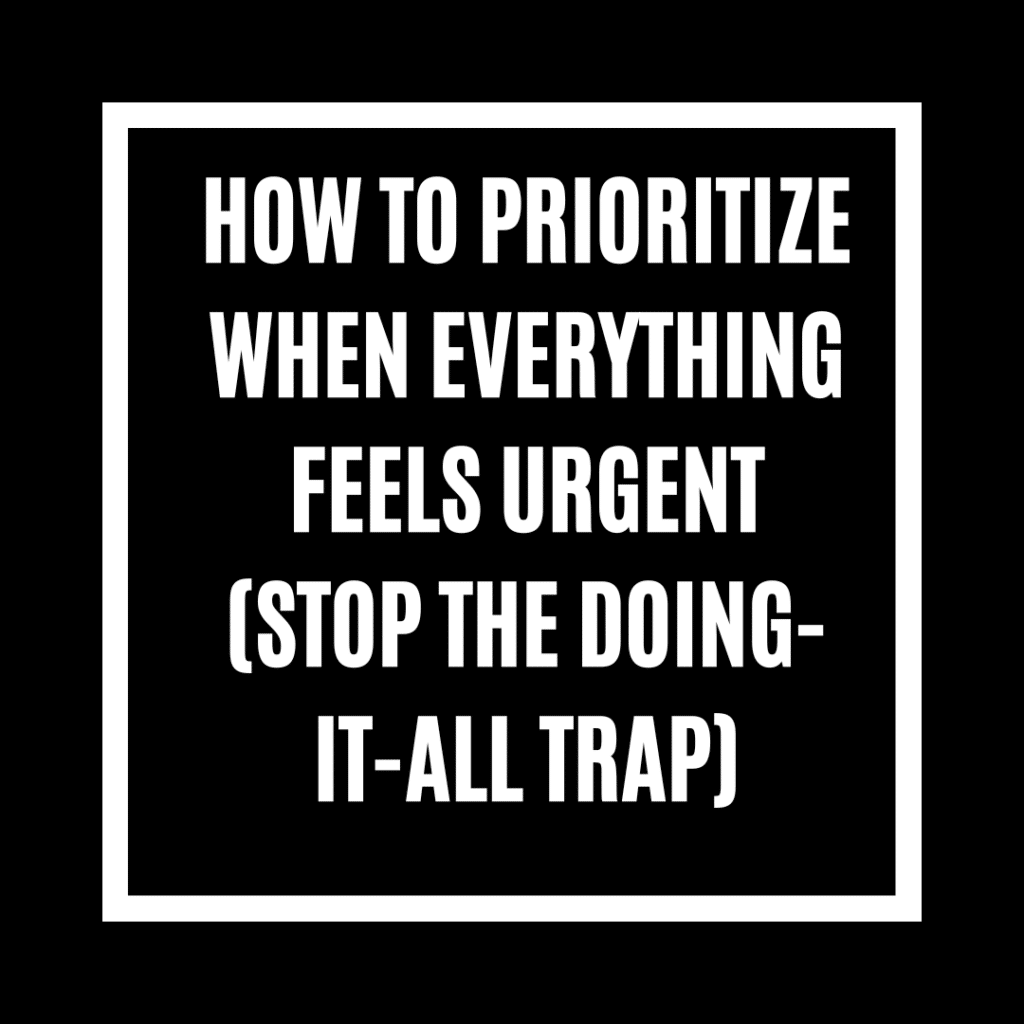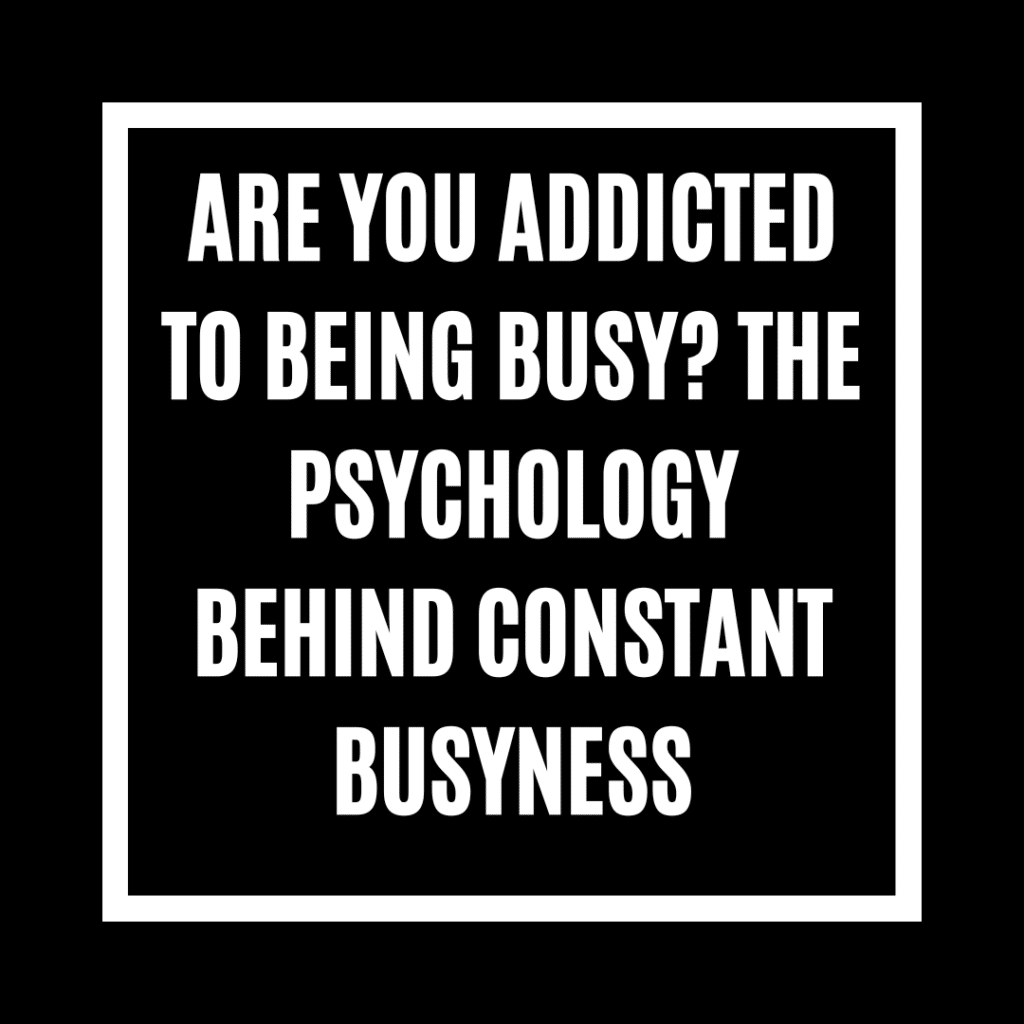How to Protect Your Time When Everyone Else Thinks It’s Theirs (Set Boundaries Without Guilt)
If you’re an entrepreneur, here’s a scenario you know all too well: It’s 9 PM and your client texts expecting an immediate response. Your kids interrupt your work calls assuming you’re always available. Your business partner schedules meetings without asking if the time works for you.
Welcome to the entrepreneur’s dilemma: everyone treats your time like it’s community property.
And if you’re struggling to set boundaries as an entrepreneur without feeling guilty or losing clients, you’re not alone. This is one of the most common challenges I see with the business owners I coach—and it’s quietly destroying their productivity, their peace of mind, and their ability to actually grow their businesses.
Let me show you how to protect your time when everyone else thinks it’s theirs, using practical time boundaries that work in the real world.
Why Entrepreneurs Struggle to Set Boundaries (And Why It’s Not Your Fault)
Here’s what happens when you become an entrepreneur: suddenly, everyone starts treating your time differently.
Your clients assume “flexible schedule” means “always available.” Your family thinks working from home means you’re not really working. Your friends figure you can meet for coffee anytime since you “make your own schedule.” And your business partners expect immediate responses because, hey, you’re your own boss, right?
But here’s the brutal reality: when everyone else treats your time as theirs to claim, you end up with no time for the work that actually moves your business forward.
You’re constantly reacting to other people’s priorities instead of protecting your own. You’re drowning in false urgency—where everything feels important because someone else decided it was urgent—and you’ve lost control of your own calendar.
And the guilt? That’s your brain confusing boundaries with rejection. You worry that saying no to a client request or telling family you’re unavailable means you’re damaging relationships or being a “bad” entrepreneur.
But protecting your time isn’t selfish. It’s strategic. Let me show you how.
The 3 Types of Time Boundaries Every Business Owner Needs
Most boundary advice focuses only on client relationships. But if you’re a business owner juggling multiple roles, you need three distinct types of time boundaries to truly protect your schedule.
Type 1: Client Boundaries (The Response Window Method)
Here’s a reality check: not all messages need instant replies. When you respond immediately every time, you’re training people to expect 24/7 access.
Instead, create tiered response times:
- Emails: Within 24 business hours
- Texts: For scheduled appointments or actual emergencies only
- Client calls: Specific days only (I do Tuesday-Thursday, you pick what works)
The key is defining what qualifies as a true emergency. Spoiler alert: most things aren’t. A client wanting to “hop on a quick call” at 8 PM because they just thought of something? That can wait until morning.
Communication strategy: Send clients a simple email when you start working together: “I respond to emails within 24 business hours. For time-sensitive matters, here’s my protocol.” Set the expectation from day one.
Type 2: Family Boundaries (Work Time Protection)
If you have a family and work from home, they need crystal-clear boundaries about when you’re working and when you’re available.
Real examples that work:
- Door closed = focus time. No interruptions unless it’s an actual emergency (and define what that means)
- Set work hours and honor them. “I’m working 9-3, available after 3 PM”
- Create interrupt rules. “If the door is closed, send me a text and I’ll respond at my next break”
But here’s the flip side that most entrepreneurs forget: when you’re off work, be fully present. Boundaries work both ways. You protect work time from family interruptions, and you protect family time from work intrusions.
Type 3: Internal Boundaries (Protecting Time From Yourself)
Plot twist: the biggest time thief in your business might actually be you.
How many times have you:
- Said yes to an opportunity you should’ve declined?
- Checked email every five minutes instead of in scheduled blocks?
- Spent CEO time doing administrative tasks that could be batched or delegated?
- Stolen your own focus time by “just quickly” checking social media?
Setting boundaries as a business owner means protecting your time from yourself too. That means saying no to opportunities that don’t align with your goals, batching email instead of constantly monitoring it, and protecting your highest-value work time like it’s sacred—because it is.
How to Set These Boundaries Without Losing Clients or Disappointing People
Let’s address the fear head-on: you’re worried that setting boundaries will cost you clients or damage relationships.
Here’s what actually happens when you set clear, consistent boundaries:
You attract better clients who respect your time and expertise. Clients who value your boundaries are also clients who pay on time, respect your process, and refer others to you.
Your existing relationships improve because boundaries create clarity. Your family knows when to expect your attention. Your clients know when they’ll hear from you. Ambiguity creates anxiety; boundaries create peace.
You get significantly more done because you’re not constantly interrupted. One focused work session beats five interrupted ones any day.
I’ve seen this play out with client after client. One entrepreneur I work with set “office hours” even as a solopreneur—client calls only Tuesday through Thursday. She was terrified clients would leave. Instead, her business became more profitable because she had Monday and Friday for focused work.
Inside The Growth Collective, my $1-a-day business support system, boundary-setting comes up during office hours almost every week because it’s such a universal struggle. Having a community that reinforces healthy boundaries instead of hustle-at-all-costs culture makes maintaining them so much easier.
The Reality Check Method for Boundaries: Is This Actually Urgent?
Here’s the framework that changes everything: when someone makes a demand on your time, ask yourself this reality check question:
“Is this actually urgent, or is it just urgent to them?”
Nine times out of ten, what feels like an emergency is really just someone else’s poor planning becoming your problem. And you don’t have to make their urgency your urgency.
When a client texts at 9 PM with a “quick question,” reality check: Does this need to be answered right now, or can it wait until morning? Usually, it can wait.
When your business partner assumes you’re available for an unscheduled call, reality check: Whose lack of planning is this? If they didn’t schedule ahead, that’s not your emergency.
This isn’t about being cold or unhelpful. It’s about recognizing that when everything feels urgent, nothing really is. Real emergencies are rare. Most things labeled “urgent” are just important to the person asking.
How to Communicate Your Boundaries (What to Actually Say)
Boundaries only work if you communicate them clearly. Here are scripts that work in real business situations:
To clients: “I respond to emails within 24 business hours. For time-sensitive matters, please call my business line and leave a voicemail with details.”
To family: “I’m working from 9 AM to 3 PM today. Unless it’s an emergency (which we’ve defined as [X, Y, Z]), please wait until after 3 to interrupt.”
To business partners: “I reserve Mondays and Fridays for focused work. Let’s schedule our check-ins for Tuesday through Thursday.”
To yourself: “I check email at 10 AM, 2 PM, and 4 PM. Outside those times, email is closed.”
Notice these aren’t apologetic. You’re not asking permission to protect your time. You’re stating how you operate. Professional, clear, confident.
Making Time Boundaries Stick (When It Feels Uncomfortable)
Here’s the truth: setting boundaries will feel uncomfortable at first. You’ll worry you’re being difficult. You’ll feel guilty saying no. You’ll be tempted to make exceptions “just this once.”
That’s normal. And you need to do it anyway.
To make boundaries stick:
Start with one. Don’t try to overhaul everything at once. Pick your biggest time drain and set one clear boundary around it this week.
Communicate before you need it. Don’t wait until someone violates your boundary. State it proactively.
Be consistent. Boundaries with exceptions aren’t boundaries—they’re suggestions. If you say you don’t take calls after 6 PM, then don’t take calls after 6 PM. Period.
Get support. This is exactly why I created The Growth Collective—entrepreneurs need a community that reinforces healthy boundaries and helps them stick to them when it’s hard.
Remember the why. You’re not setting boundaries to be difficult. You’re setting them so you can do your best work, serve your clients well, and still have energy left for your life outside business.
Your Time Is Yours to Protect
Here’s what I want you to take away from this: protecting your time doesn’t make you selfish. It makes you effective.
When you set boundaries as an entrepreneur, you’re not shutting people out. You’re creating the space you need to do work that actually matters—for your business, for your clients, for your family, and for yourself.
Your challenge this week: Set ONE boundary and communicate it clearly. Just one. Pick your biggest time drain—constant client texts, family interruptions, your own email checking habit—and set a clear boundary around it.
Then stick to it, even when it feels uncomfortable.
Because here’s the reality check: when everyone else thinks your time is theirs, you have to be the one to reclaim it. No one else will do it for you.
